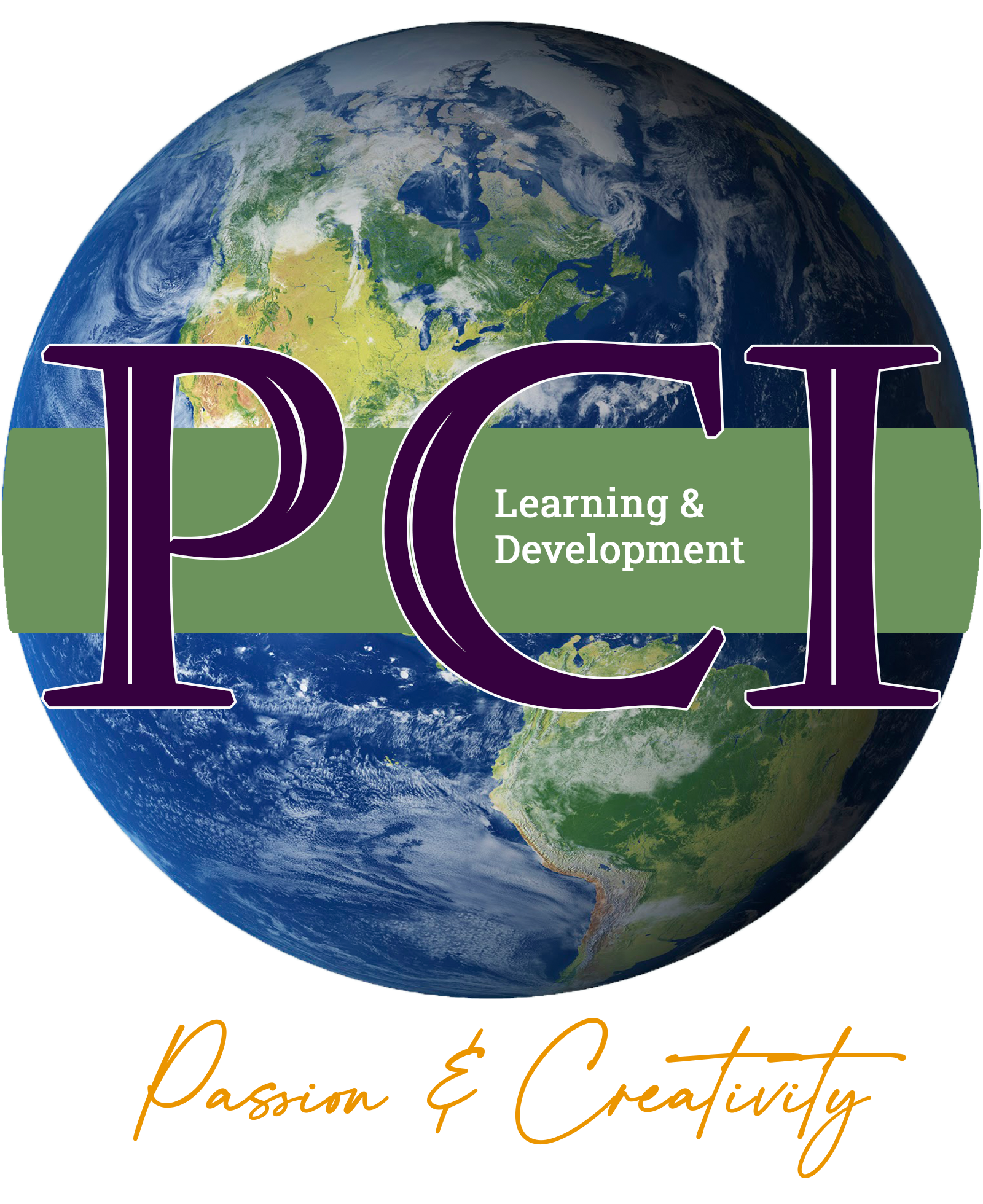Agile Project Management & Leadership
Introduction
The enormous advances in technology, combined with political uncertainty and associated market volatility, mean that today’s work environment is required to embrace change. If you, your team, or your organization is resistant to new demands, processes or opportunities, you may lose competitive advantage. So we need to embrace practices that allow us to identify the need for change and respond effectively without throwing our work and the work of our teams into chaos.
As the Digital Transformation age gathers pace, some organizations have embraced new management thinking and are enjoying a sustained competitive advantage; faster speed to market, increased customer satisfaction and increased profits. This training program is designed to equip delegates with the knowledge, tools and techniques that they can apply to embrace these new ways of working and develop an agile leadership culture within their working environment.
The program will cover:
- Governance of teams and work approaches
- Agility and why agile approaches work
- Team leadership through self-organization
- Dominant agile approaches – SCRUM and KANBAN
- How agility drives continuous improvement
Objectives:
By the end of this program participants will be able to:
- Identify the situations in their organization where traditional portfolio governance and project approaches are underperforming, and replace them with new management practices
- Understand why facilitating the emergence of new ideas and requirements can lead to greater employee motivation and increased delivery of value to the organization
- Analyze their own work situation to determine where agile tools and techniques will be of benefit
- Appreciate the power of teamwork and the necessity of supporting teams with effective structures
- Lead a team in the implementation of a continuous improvement culture
Impact
Organizational Impact:
Your organization will benefit from team managers and supervisors who return with a knowledge of how to build and develop teams that fulfill their potential and improve their motivation and productivity. They will be able to:
- Reduce risks: Agile teams can better react to business changes
- Deliver improved methods of meeting customer expectations through constant customer collaboration via the frequent feedback loops in an Agile process.
- Demonstrate improved performance visibility & transparency providing the opportunity to spot issues within the workflow, move everyone from the team on the same page, and the ability to respond to changes more effectively.
- Provide better team collaboration and continuous improvement. In Agile methodology, open communication is central to successful project delivery.
Methodology
The program will utilize a variety of proven adult learning techniques to ensure maximum understanding, comprehension and retention of the information presented. The program is highly interactive and is designed with briefings and exploration of different scenarios. A central feature of the program is an in-depth process that reveals the power of agile application, and exposes gaps in our ability to work and lead in an agile manner
Target Audience
The program is targeted at both management and employees. It is designed to clearly explain formal management approaches and enable delegates to recognize “warning signals” that indicate when work streams, or projects, are about to encounter issues. Traditionally, work is organized around logical operating procedures and plan-based projects. Delegates engaged in such work will learn how to explore other mechanisms to support the emergence of alternative work streams, and the evolution of work procedures, to reflect their own work situation and improve it.
The program will particularly benefit:
- Directors and senior decision-makers
- Line managers
- Project managers
- Team Leaders
- Stakeholders in organizations who influence work (e.g. Quality department)

Course Content:
Day 1
Traditional Governance Approaches
- The nature of projects and project management
- Line management versus project management
- The project manager as a leader – knowledge capability
- The project manager as a leader – performance deliveries
- The project manager as a leader – interpersonal skills
- Governance of work – portfolio management
Day 2
Agile Leadership
- The challenges that can result from traditional approaches
- “Make People Awesome”
- Delivering continuous value
- Making safety a prerequisite
- Experiment and learn rapidly
- The guiding principles of Agile leadership
Day 3
Applying Agile
- Explaining Agile approaches
- Agile application exercise – multiple iterations
- Applying retrospectives – leading continuous improvement
- Applying team decision-making – planning poker
- Applying Agile estimation – learning by doing
- Reflection on team behaviors
Day 4
SCRUM
- Where did Scrum come from
- The Scrum framework
- Scrum roles and responsibilities
- Scrum project management
- Scrum applied to operational work
- Challenges to Scrum adoption
Day 5
Kanban
- The Kanban approach to work
- Delivering a continuous flow of value
- Kanban and the senior leadership team
- Kanban or Scrum?
- Challenges to adoption
- Course review
